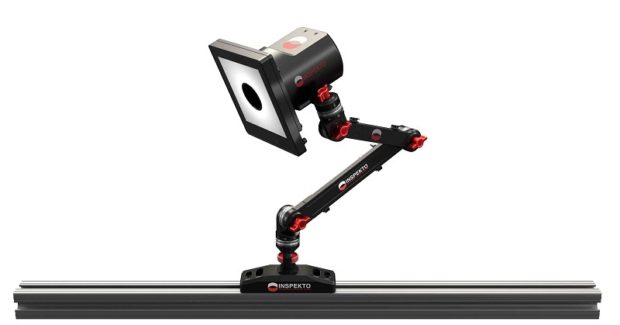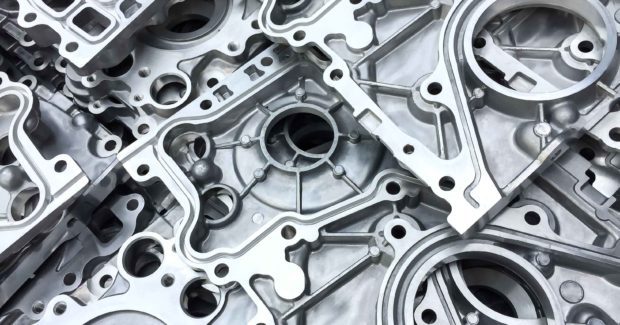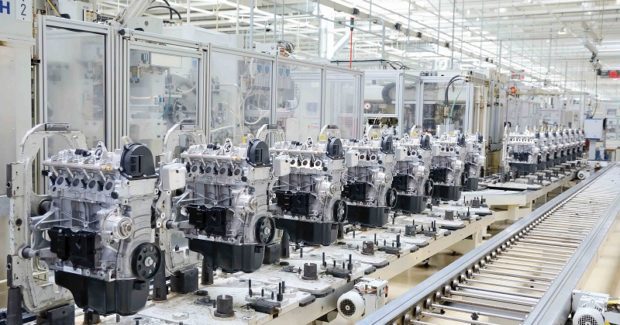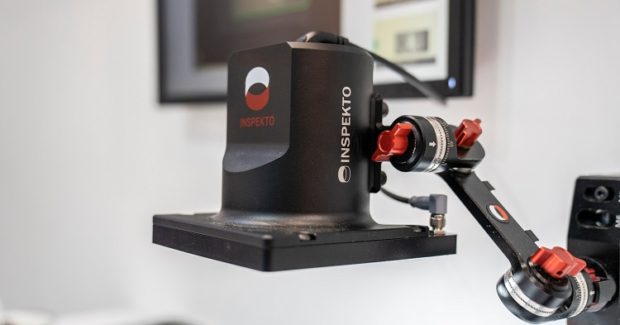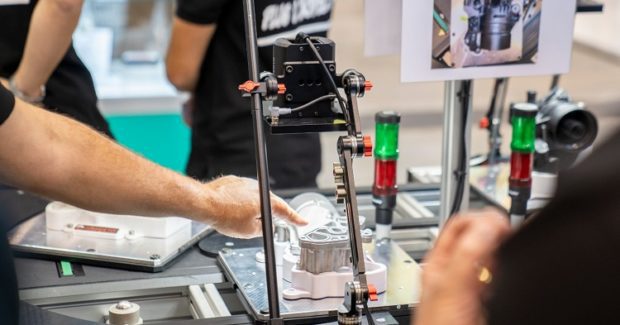Autonomous Machine Vision: The Total Quality Assurance Revolution
Flexible, easy-to-install and affordable visual quality assurance systems can inspect every stage of production, using artificial intelligence to self-adapt and self-adjust to changes. After reviewing samples, they learn – without any human interaction – all of the part’s attributes, surface characteristics, etc. and begin inspecting in only a few minutes.
Posted: February 11, 2019
Manufacturers must ensure that their parts and assemblies are free of defects and machine vision systems have been growing in popularity for metalworking applications since the 1980s, but these systems have typically been expensive, cumbersome and time-consuming to install. Traditional systems for quality assurance, gating and sorting are complex assemblies made up of a myriad of lighting, cameras, lenses and other components. Because of the complexity of the project and the high skill level required, the manufacturer had to hire an external systems integrator to identify possible issues, create Proof of Concepts, choose the best components for the application and develop hard-engineered solutions around each particular product. Once the system was developed, the integrator then built it onto the production line during a period of downtime, which added to the cost of integration and components and led to lost income and increased project costs. The result was a single machine vision system, tailored for a particular product at a particular location, at a cost that usually ranged from $50,000 to $175,000.
After installation, if there was any alteration in the environment, such as changes in lighting or to the part or assembly that was being produced and inspected, the shop was back to square one: they had to call the integrator back in to adjust the system and, in many cases, design and build a new solution altogether, often completely disregarding the initial investment. These challenges and costs associated with visual quality assurance have limited shops in their ability to deploy machine vision systems to detect defective products. At each point, manufacturers must assess whether the investment is valid, typically only doing so at major junctions on the line. This means that many defective products can, and commonly do, go undetected for long periods, with more time, energy and materials wasted on their production, only to discover at the end of the line that parts do not satisfy specifications, or worse: they are released to the customer and fail to perform.
A NEW ERA
The purpose of autonomous machine vision is to overcome the barriers to visual quality assurance by offering small, standalone systems that can be installed by the plant’s own personnel, without the requirement for a systems integrator. Shops using autonomous machine vision systems can take complete control of their machine vision project lifecycle. In a matter of minutes, a plant can be equipped with an operational visual quality assurance system, actively checking for defects. The system can be installed at one-tenth of the cost of a traditional solution and at 1,000X the speed. Besides the short, integrator-less installation, these new systems offer another benefit: flexibility. Unlike a traditional solution, autonomous machine vision uses artificial intelligence capabilities to self-adapt and self-adjust to any new environmental conditions or to changes made to the products manufactured on the production line. All the operator must do is provide the system a few good samples of the new product. The system then does the rest. It will learn, without any human interaction, all of the product attributes, include its surface characteristics, and begin inspecting the new product line in minutes.
https://youtu.be/v3n5D25XO3w
The creation of a flexible, easy-to-install, affordable system means that manufacturers can now introduce Total QA through visual quality assurance at every stage of production and assembly. In other words, instead of being limited to using machine vision inspection at only major junctions or process sequences, shops are now free to inspect parts after each metal cutting or other fabrication process. By identifying defective parts early on, they can be scrapped before additional time or resources are wasted on their production, as well as preventing them from being joined or welded to a quality part downstream, improving yield and reducing scrap rates. Once defects are being detected, the resulting data enables the shop to identify where the faults are occurring and take immediate steps to correct them. For example, CNC machine tools can develop faults when tools break, are worn or when the equipment goes out of calibration. By correcting the source of the problem, machine shops can safeguard against future defective products.
For components manufactured as part of a tiered supply chain, such as the aerospace or automotive industry, Total QA gives manufacturers complete visibility over their processes and the ability to confirm a product’s quality before it is sent on to the next tier or to the OEM. If any question is asked about the product’s quality, the QA manager can simply refer to the archive and confirm that the product left the facility in good condition and that the damage occurred in transit or at the next tier’s site. We’ve come a long way since computer vision was first pioneered. Autonomous machine vision now gives the manufacturer complete control over their QA processes at every stage of production. They can now purchase a flexible, affordable and complete visual QA system that uses artificial intelligence.





